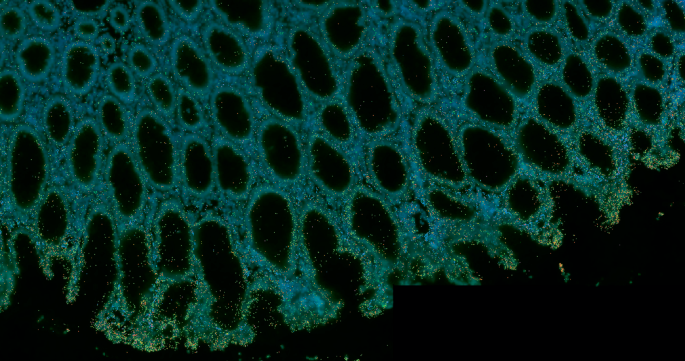Now Reading: Spatial Biology Uncovers Disease Mechanisms Beyond Cell Atlases
1
-
01
Spatial Biology Uncovers Disease Mechanisms Beyond Cell Atlases
Spatial Biology Uncovers Disease Mechanisms Beyond Cell Atlases

speedy Summary:
- Spatial transcriptomics technology offers insights into cell-cell interactions, overcoming limitations of single-cell RNA sequencing by retaining spatial data.
- Improved tools are now capable of whole-transcriptome profiling at single-cell resolution, expanding clinical applications like cancer research and inflammatory diseases.
- New products from companies like Vizgen, Illumina, and bruker provide enhanced sensitivity for degraded RNA samples, increased resolution, lower costs per unit area, and hybrid imaging capabilities (RNA-protein analysis).
- Challenges remain in standardizing data analysis workflows across platforms due to different formats and interpretation complexities. Advanced AI tools aim to streamline data processing and reduce operational costs.
- Emerging AI frameworks like VORTEX allow prediction of 3D gene expression based on 2D samples, possibly reducing costs in diagnostic processes for complex conditions such as cancer progression.
Stay Informed With the Latest & Most Important News
Previous Post
Next Post
Loading Next Post...
























